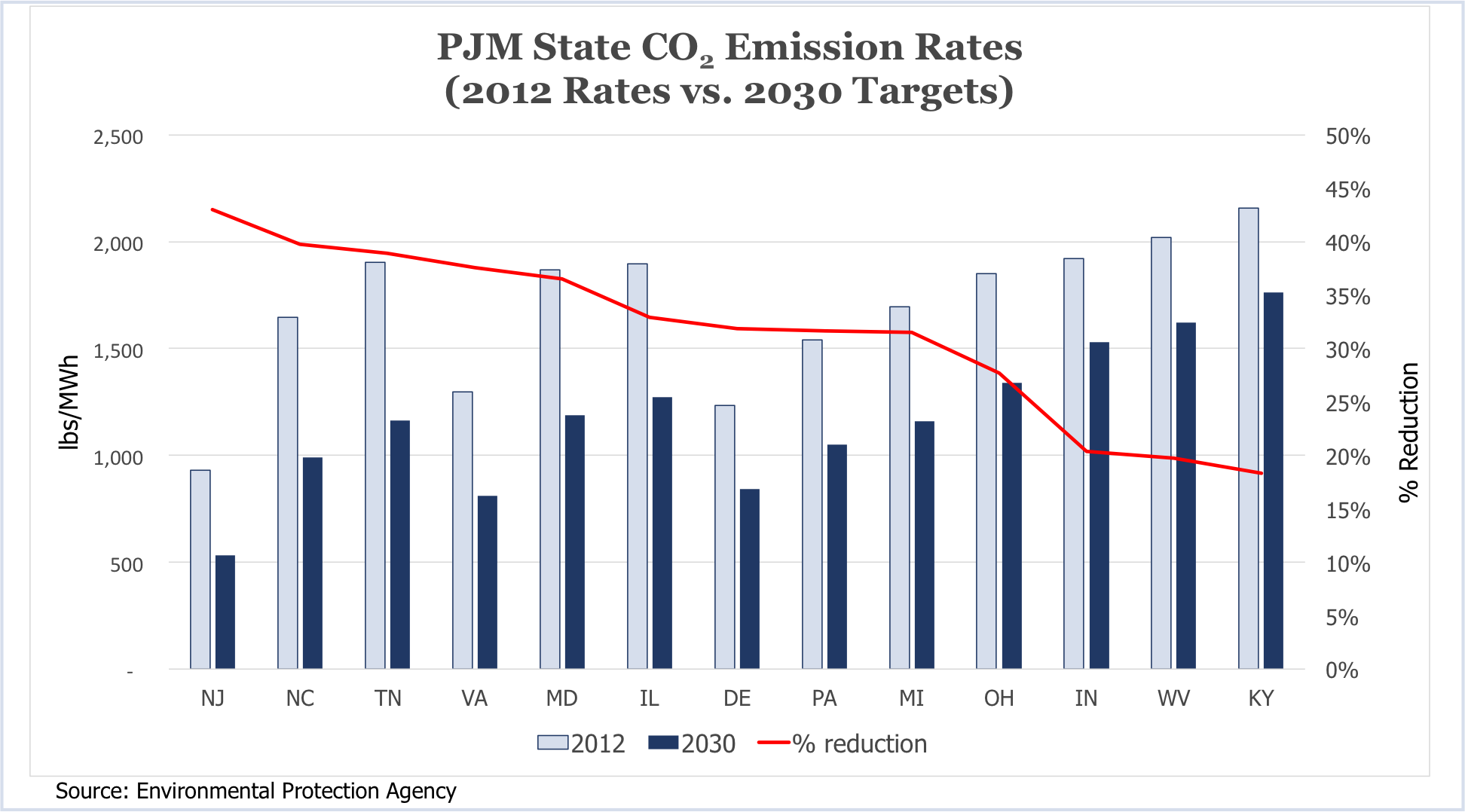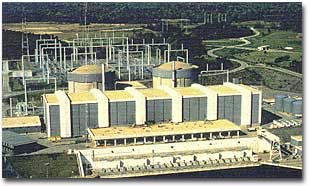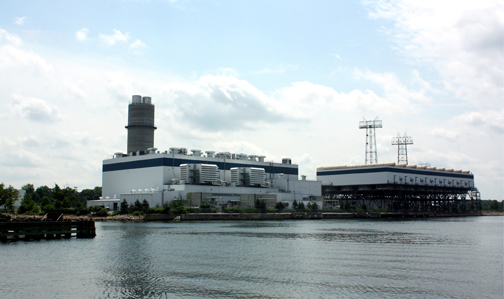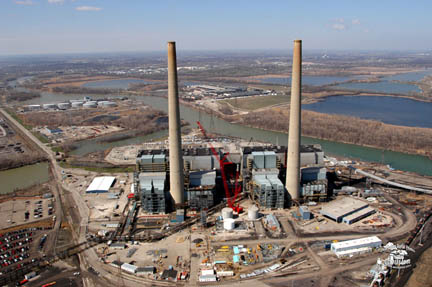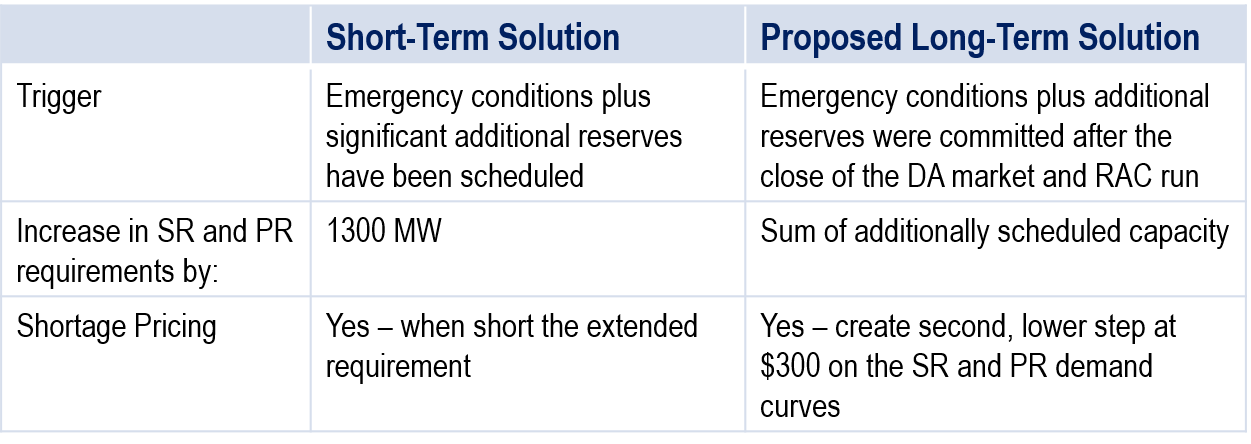By Chris O’Malley and Rich Heidorn Jr.
Facing pushback to its carbon-reduction proposal, the Environmental Protection Agency last week signaled a willingness to consider a slower shift from coal to natural gas generation and a regional approach to increasing renewables use.
Having already received 1.5 million comments in response to its “Clean Power Plan,” the EPA on Oct. 28 issued a 60-page notice of data availability (NODA), which invited feedback on “the compliance trajectory or glide path of emission reductions from 2020 to 2029, certain aspects of the building block methodology and the way the state-specific CO2 goals are calculated.”
EPA’s June proposal seeks to reduce power sector carbon emissions by 30% from 2005 levels by 2030. Comments on the NODA and the original plan are due Dec. 1.
“The additional information is not about making the proposal more or less stringent. I would caution anyone against reading too much into this,” Janet McCabe, acting assistant administrator for the Office of Air and Radiation, said in a press call last week.
Nevertheless, the questions the agency posed suggest changes it may incorporate in its final regulations in June 2015 to make it more palatable to states and the power industry.
Coal-to-Gas Shift
In public hearings and written comments, the agency heard objections from coal-heavy states that said the interim goals in the proposed regulation would require them to shift to natural gas generation faster than the infrastructure can be built. Critics also said it would result in massive stranded costs and could threaten electric reliability by forcing the retirements of coal plants that recently received environmental upgrades to meet previous EPA regulations.
The agency conceded in the NODA that compliance “will be difficult for at least some states to reasonably achieve in that time frame.”
It asked for comments on possible adjustments that would allow a more gradual phase-in of re-dispatch from coal to gas between 2020 and 2029. The EPA said its intent is to come up with “a reasonable glide path” for states to reach compliance by 2030.
One idea is to develop a phase-in schedule that would take into account whether natural gas pipeline expansions or new electric transmission is needed to support heavier use of gas-fueled generation.
The agency also asked for comment on whether it should consider the book life of pollution-control retrofits in addition to the 40-year book life it assumes for coal generators.
The NODA also cited concerns of some stakeholders that the proposed rule creates a disparity between states with little or no natural gas generation capacity and those with significant amounts of such capacity that’s not being used, which could result in “distortions” in regional electricity markets. The NODA suggests the possibility of determining appropriate levels of generation shift in a regional manner, such as basing it along RTO territories.
“Some stakeholders have suggested that these disparities could be reduced by increasing the obligation of those states with little or no [natural gas combined-cycle] generating capacity to employ natural gas use beyond what the EPA included in the proposed rule,” the agency said.
That could include the construction of new combined-cycle units and additional co-firing of natural gas at existing coal units. The EPA said commenters have said that co-firing would reduce nitrogen oxides and sulfur dioxide, potentially reducing the cost of controlling those pollutants. Co-firing also could allow units to ramp up and down more quickly so a generator could take advantage of low fuel prices.
Regional Approach to Renewable Energy
The NODA suggests a regional approach could also be applied to the renewable energy component of its plan to include opportunities for cross-state renewable imports. “Under this approach, a state’s goal would be informed by the opportunity to develop out-of-state RE resources as part of its state plan,” the EPA said.
McCabe noted that markets for renewable energy are not confined within single states. “We wanted to be reflective of how these markets actually work,” she said.
Base Year
One of the biggest gripes among states and power industry officials has been the EPA’s proposed use of 2012 as the base for calculating interim and final goals. Some commenters contend that emissions were unusually low that year because of a lackluster economy.
The NODA includes emission data for 2010 and 2011 and invites comments on whether it should use a different single data year or the average of a combination of years to calculate the fossil fuel emissions rates used in state goal calculations.
“This is not intended to signal any particular direction we’re going in,” McCabe said.
RTO Concerns
Many stakeholders have pressed RTOs to express their opinions on the proposed rule, particularly its impact on resource adequacy:
- A PJM official said last month that the RTO is working with other members of the ISO/RTO Council (IRC) to draft a consensus response to the rule, similar to the one that helped persuade the EPA to add a reliability “safety valve” to its Mercury and Air Toxics Standards (MATS). (See State Officials Challenge EPA Assumptions on Carbon Rule.)
- NYISO CEO Stephen G. Whitley told RTO Insider last week that the ISO will file its own comments. “We just had a meeting with [EPA Administrator] Gina McCarthy that was very productive. EPA has shown that it is willing to listen, as it recently did with MATS.”
- ISO-NE hasn’t decided whether to file. “We are looking at the rules and evaluating whether we will be submitting our own comments,” said spokeswoman Lacey Girard.
- MISO said it has had “overwhelming stakeholder support” to file comments with the EPA. MISO plans to post an outline of its proposed comments for stakeholders’ review this week. Hoosier Energy said MISO should quantify the costs of heat rate improvements and new electric transmission and natural gas infrastructure that will be required. Hoosier and Ameren urged MISO to identify reliability concerns resulting from coal plant retirements. Ameren also suggested the ISO address the challenges of integrating increasing amounts of wind power. Calpine, in contrast, told MISO it should not file comments. “Should MISO file comments, they should limit any comments to fact-driven analysis and not provide opinions that indicate any preference by MISO,” Calpine said, according to a MISO summary.
New York-New England Correspondent William Opalka contributed to this story.
